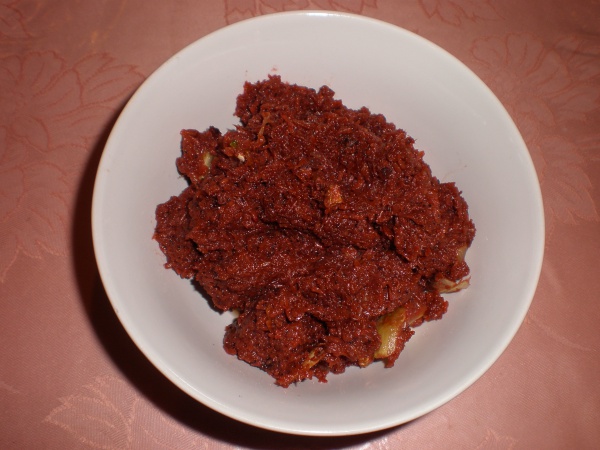Facts About Bagoong
Bagoóng is a cherished Filipino condiment made by fermenting fish, krill, or shrimp with salt. This fermentation process also results in fish sauce, known locally as patís. The preparation of bagoóng can vary depending on the region in the Philippines.
There are several types of bagoóng, crafted from various fish species such as anchovies, round scads, bonnetmouths, ponyfish, rabbitfish, bar-eyed gobies, herrings, and silver perch. In Luzon and the northern parts of the Visayas, the term "bagoóng isdâ" specifically refers to fish-based bagoóng. In the southern Visayas and Mindanao, fish bagoóng made from anchovies is called guinamos. Additionally, when bagoóng is made from krill, it is known as bagoóng alamang.
The process of making bagoóng involves mixing salt with fish or shrimp in precise ratios, then fermenting the mixture in earthen jars for anywhere from 30 to 90 days. During this time, the mixture is occasionally stirred to ensure the salt is evenly distributed. Sometimes, a food coloring called angkak is added to give the bagoóng its distinctive red or pink hue. Patís, the fish sauce, is a byproduct of this fermentation and is typically harvested after a longer period, ranging from six months to a year.
For many Westerners, bagoóng might seem like an unfamiliar dish due to its unique taste and preparation method. Early Spanish colonial officials often described bagoóng negatively. However, Filipino nationalist Jose Rizal passionately defended it, arguing that bagoóng is not rotten but a delicious and flavorful condiment.
